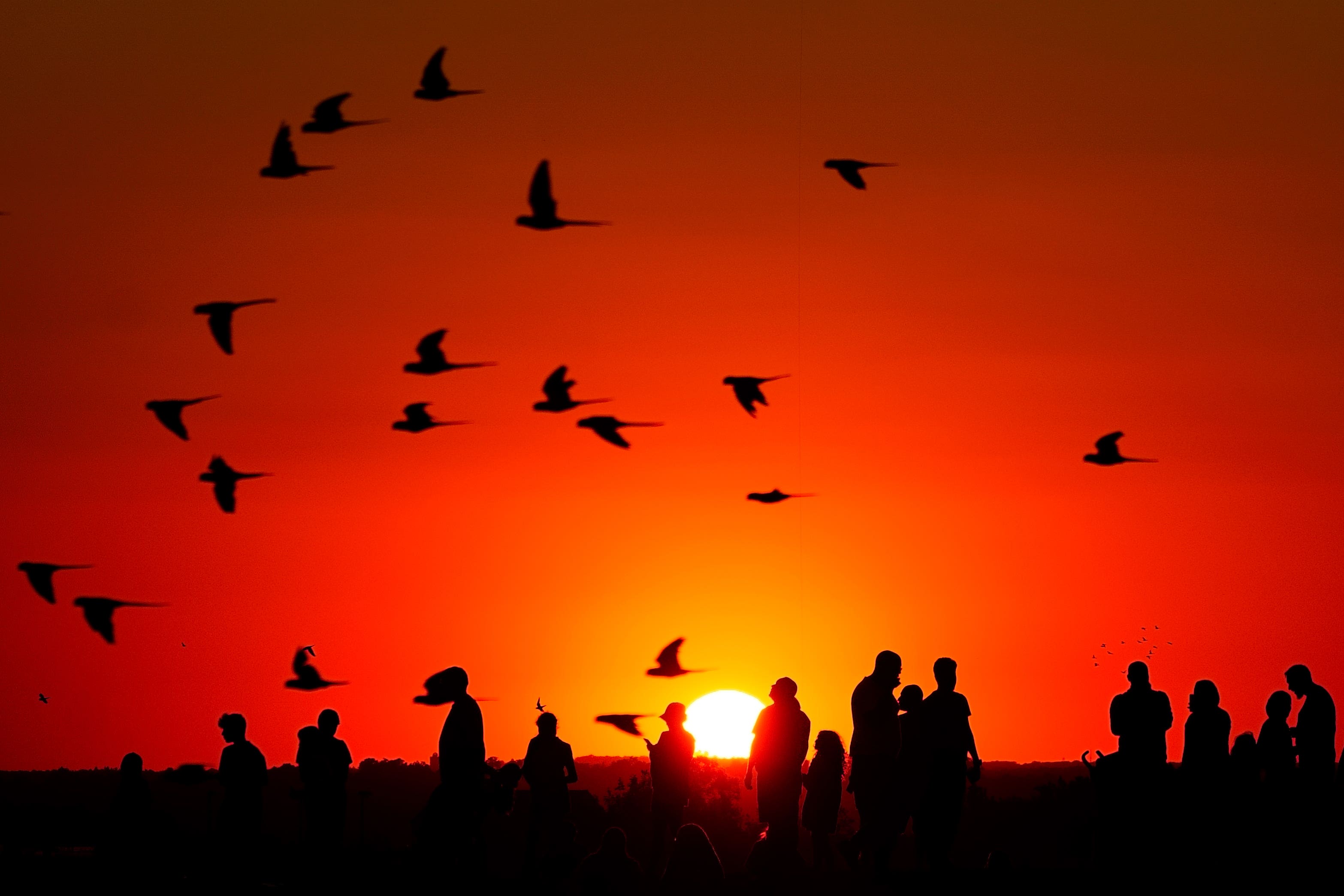Record leap in methane levels as greenhouse gases reach new highs in 2021
The World Meteorological Organisation has released its annual greenhouse gas bulletin.

Your support helps us to tell the story
From reproductive rights to climate change to Big Tech, The Independent is on the ground when the story is developing. Whether it's investigating the financials of Elon Musk's pro-Trump PAC or producing our latest documentary, 'The A Word', which shines a light on the American women fighting for reproductive rights, we know how important it is to parse out the facts from the messaging.
At such a critical moment in US history, we need reporters on the ground. Your donation allows us to keep sending journalists to speak to both sides of the story.
The Independent is trusted by Americans across the entire political spectrum. And unlike many other quality news outlets, we choose not to lock Americans out of our reporting and analysis with paywalls. We believe quality journalism should be available to everyone, paid for by those who can afford it.
Your support makes all the difference.The world saw a record jump in levels of methane in the atmosphere last year as the main heat-trapping greenhouse gases reached new highs, UN experts said.
The World Meteorological Organisation’s (WMO) annual bulletin shows the three main greenhouse gases – carbon dioxide, methane and nitrous oxide – all reached record high concentrations in the atmosphere in 2021, showing the world was “heading in the wrong direction” on climate change.
And potent greenhouse gas methane saw the biggest year-on-year jump in levels since measurements began nearly 40 years ago.
The WMO said the reason for the leap in methane was not clear but it seems to be the result of both biological and human-induced processes.
Methane, a strong but short-lived greenhouse gas, is produced from a range of sources, including natural wetlands, agriculture and fossil fuel production.
The continuing rise in concentrations of the main heat-trapping gases, including the record acceleration in methane levels, shows that we are heading in the wrong direction
The report said the increase in methane levels in recent years was thought to be predominantly from biological sources such as wetlands or rice paddies.
But it was not yet clear if that was partly due to increased emissions from wetlands as a result of global warming speeding up the natural decomposition processes that give rise to methane.
Increases in levels of carbon dioxide – the main greenhouse gas – from 2020 to 2021 was larger than the average annual growth rate over the last decade, with concentrations reaching 415.7 parts per million (ppm) last year, mostly due to fossil fuels and cement production.
Carbon dioxide concentrations in the atmosphere have increased nearly 50% since the beginning of the industrial revolution, when it was around 280ppm.
Nearly half (48%) of the total carbon emissions from human activities during the 2011-2020 period built up in the atmosphere, while 26% was absorbed by the oceans and 29% in land ecosystems such as forests, the report said.
But experts are concerned that the ability of natural land areas and oceans to act as “sinks” absorbing carbon dioxide will become less effective, reducing their ability to act as a buffer against larger temperature rises.
Overall, the warming effect of greenhouse gases has risen by nearly 50% between 1990 and 2021.
WMO secretary-general Petteri Taalas said the bulletin “has underlined, once again, the enormous challenge – and the vital necessity – of urgent action to cut greenhouse gas emissions and prevent global temperatures rising even further in the future”.
“The continuing rise in concentrations of the main heat-trapping gases, including the record acceleration in methane levels, shows that we are heading in the wrong direction,” he said.
Prof Taalas added: “There are cost-effective strategies available to tackle methane emissions, especially from the fossil fuel sector, and we should implement these without delay.
“However, methane has a relatively short lifetime of less than 10 years and so its impact on climate is reversible.
“As the top and most urgent priority, we have to slash carbon dioxide emissions which are the main driver of climate change and associated extreme weather, and which will affect climate for thousands of years through polar ice loss, ocean warming and sea level rise.”
He said there was a need to transform industrial, energy and transport systems and ways of life, which he said was economically affordable and technically possible, warning that “time is running out”.
The report is one of a number of studies about the state of the world’s climate being released ahead of the UN Cop27 climate talks in Sharm El-Sheikh, where countries will be under pressure to deliver on action to cut emissions and support poorer nations to cope with the impacts of global warming.